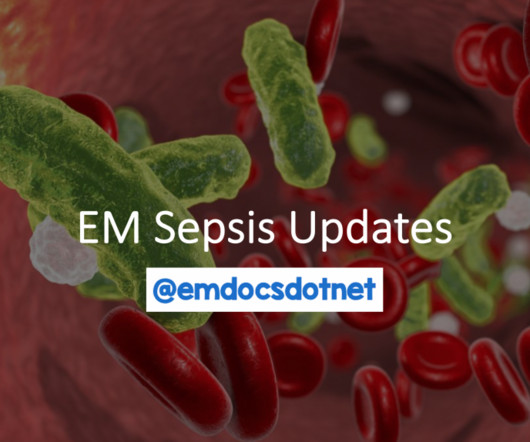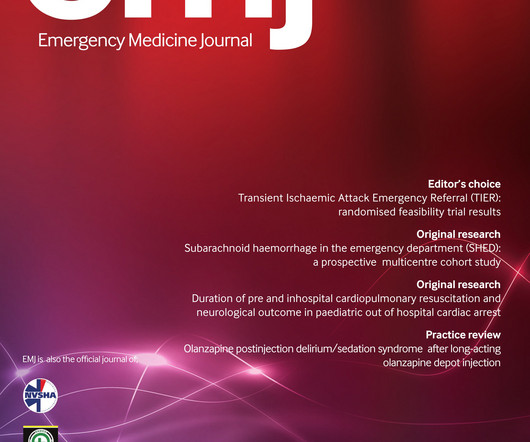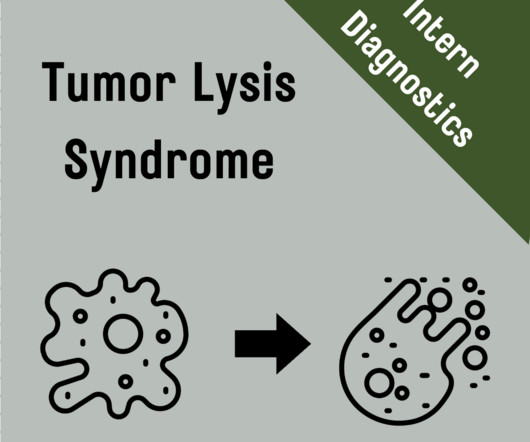EM@3AM: Stercoral Colitis
EMDocs
JANUARY 11, 2025
If sepsis or septic shock is present, aggressive fluid resuscitation and empiric antibiotics covering intra-abdominal flora should be administered. Stercoral Colitis in the Emergency Department: A Retrospective Review of Presentation, Management, and Outcomes. link] com staff (2014). Mathis, K. L., & Lindor, R.













































Let's personalize your content